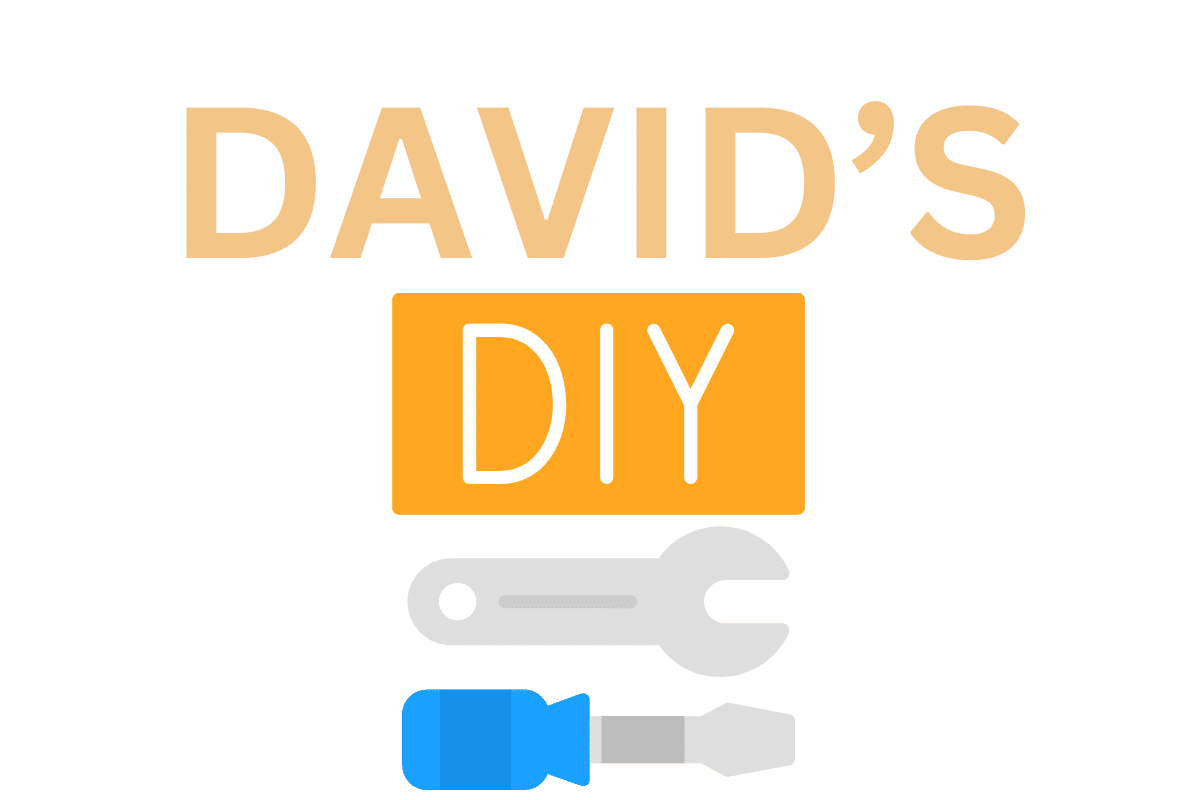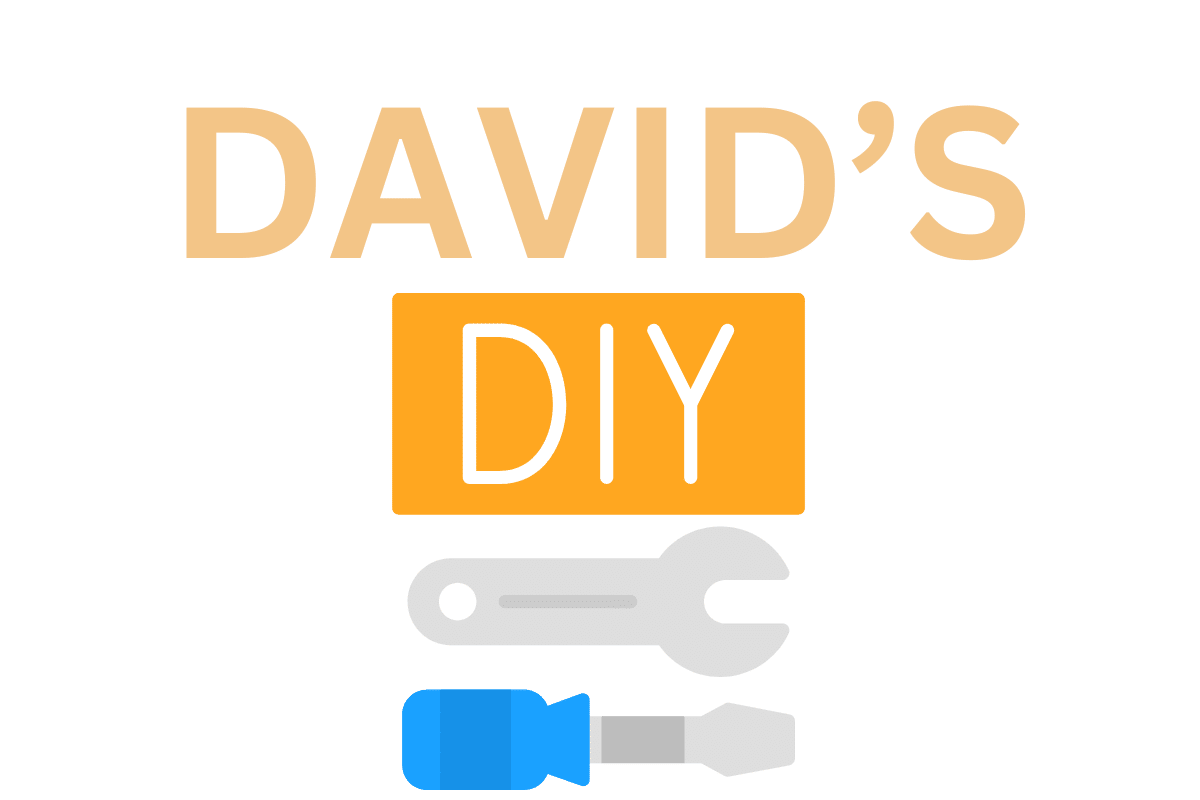Precision in measuring and cutting is paramount for impeccable outcomes. From selecting the suitable tools to mastering the art of accurate measurements, every step is crucial. However, even the most seasoned craftsmen can stumble upon common errors that compromise the final product. By exploring essential techniques and potential pitfalls in the realm of precision crafting, a path to flawless results emerges. Let’s dissect the intricate details of achieving perfection in every slice and dimension.
Importance of Accurate Measurements
Accurate measurements are the foundation for successful and precise outcomes in any project. Precision craftsmanship requires meticulous attention to detail, ensuring every measurement is exact. As someone who values measuring mastery, I understand that even the smallest miscalculation can lead to significant errors down the line. Whether it’s woodworking, sewing, or any other craft, the precision of our measurements directly impacts the quality of the final product.
When it comes to precision craftsmanship, each measurement acts as a building block towards perfection. A fraction of an inch off can result in pieces not fitting together correctly or seams misaligned. That’s why honing our measuring mastery is essential for achieving impeccable results every time. By double-checking measurements and using reliable tools, we establish a solid framework for our projects, setting the stage for success.
Essential Tools for Precision Cuts
Utilizing the appropriate tools is essential for achieving precise cuts in any project. To ensure accuracy and efficiency, it is crucial to maintain your tools regularly. Proper tool maintenance not only prolongs their lifespan but also enhances their performance, resulting in cleaner cuts. When cutting angles, having the right tools can make all the difference in achieving perfect results.
Here are four essential tools for precision cuts:
- Sharp Blades: Ensure your cutting tools have sharp blades to make clean and accurate cuts.
- Precision Measuring Tools: Use measuring tools like a quality tape measure or a precision square to ensure accurate measurements before making cuts.
- Cutting Guides: Utilize cutting guides such as a straight edge or a miter gauge to help you make straight and precise cuts consistently.
- Clamps: Secure your materials in place with clamps to prevent any movement during cutting, ensuring accurate and uniform results.
Tips for Proper Measuring Techniques
To ensure precise measurements in your projects, mastering proper measuring techniques is essential. When working on woodworking or DIY projects, using precision tools correctly can make a significant difference in the final outcome. Here are some measuring tips to help you achieve accuracy in your cuts:
| Measuring Tip | Description |
|---|---|
| Use a Sharp Pencil | Always mark your measurements with a sharp pencil for clear and precise lines. |
| Measure Twice, Cut Once | Double-check your measurements before making any cuts to avoid errors. |
| Account for Tool Width | When measuring for cuts, remember to consider the width of the cutting tool. |
| Maintain Consistency | Ensure you measure consistently throughout your project for uniform results. |
Strategies for Error-Free Cutting
For precise and flawless cuts in your projects, it’s crucial to implement effective cutting strategies. When aiming for perfection in your woodworking or crafting endeavors, mastering the right cutting techniques and utilizing precision tools can make a significant difference. Here are some key strategies to ensure error-free cutting:
- Choose the Right Blade: Selecting the appropriate blade for your cutting tool and material is essential for achieving clean and accurate cuts.
- Maintain Sharpness: Regularly sharpening or replacing dull blades helps in preventing rough edges and imprecise cuts.
- Use Cutting Guides: Utilize cutting guides or fences to ensure straight and uniform cuts, especially when working on large or long pieces.
- Practice Safe Handling: Always prioritize safety by wearing the necessary protective gear, following tool instructions, and maintaining focus during cutting tasks.
Common Mistakes to Avoid
Avoiding common mistakes is essential for ensuring the precision and quality of your cuts in woodworking and crafting projects. One major error to steer clear of is taking shortcuts when measuring. It’s tempting to eyeball or guesstimate measurements, but this often leads to inaccuracies and ruined materials. Another crucial point is double-checking measurements before making any cuts. Even the smallest discrepancy can throw off your entire project. To help you stay on track, here are some common mistakes to avoid:
| Common Mistake | Consequence | Prevention |
|---|---|---|
| Guessing measurements | Inaccurate cuts and wasted materials | Use a measuring tool |
| Ignoring double-checking | Misaligned pieces and rework needed | Verify measurements |
| Rushing the cutting process | Uneven edges and imprecise results | Take your time |

